Nu no longer need to be confused. When the whole world starts talking about oil, there's a big difference in who's talking. There is also a big difference in the types of oils (oil types) being talked about. Here we go through the different types of oil so that we can all avoid confusion in the future. It is important that you use the right type of oil for your skin and hair. This article takes an in-depth look at the different types of oils, what they are and what they are used for.
The world is filled to the brim with information and everyone now has the opportunity to learn more. On the internet you'll find an ocean of informative Articles about almost everything. However, when it comes to oils, you can - at times - get a little confused. What exactly do the different types of oils cover? Which types of oil can you use on your skin, hair and body and which ones can't you use at all?
Read on for a short and concise explanation of the different types of oil. This will help you avoid confusion or making the wrong choice in the future.
[lepopup slug='optin-natural-knowledge']- Recommended natural products for skin, hair and body
- Oil types
- Oil type #1:Plant oil / Vegetable oil / Base oil
- Oil type #2: Essential oil / essential oil / flavour oil / fragrance oil
- Oil type #3: Cooking oil / Edible oil
- Oil type #4: Cosmetic oil
- Oil type #5: Mineral oil / Petrochemicals
- Oil type #6: Crude oil
- Oil type #7: Mortar oil
- Oil type #8: Castrol oil
- Oil type #9: Heating oil
- Tips & Conclusion
Recommended natural products for skin, hair and body
Vegetable oils
Flower water
Essential Oils
Vegetable oils
Essential Oils
Vegetable oils
Essential Oils
Vegetable oils
Oil types
There are many different types of oil. Several of these have different names. And many of these are actually words for the same type of oil. The main difference is the extent to which the oil is used. But take a deep breath and read on. You'll learn a lot more about all of this in just a moment.
Oil type #1:
Plant oil / Vegetable oil / Base oil
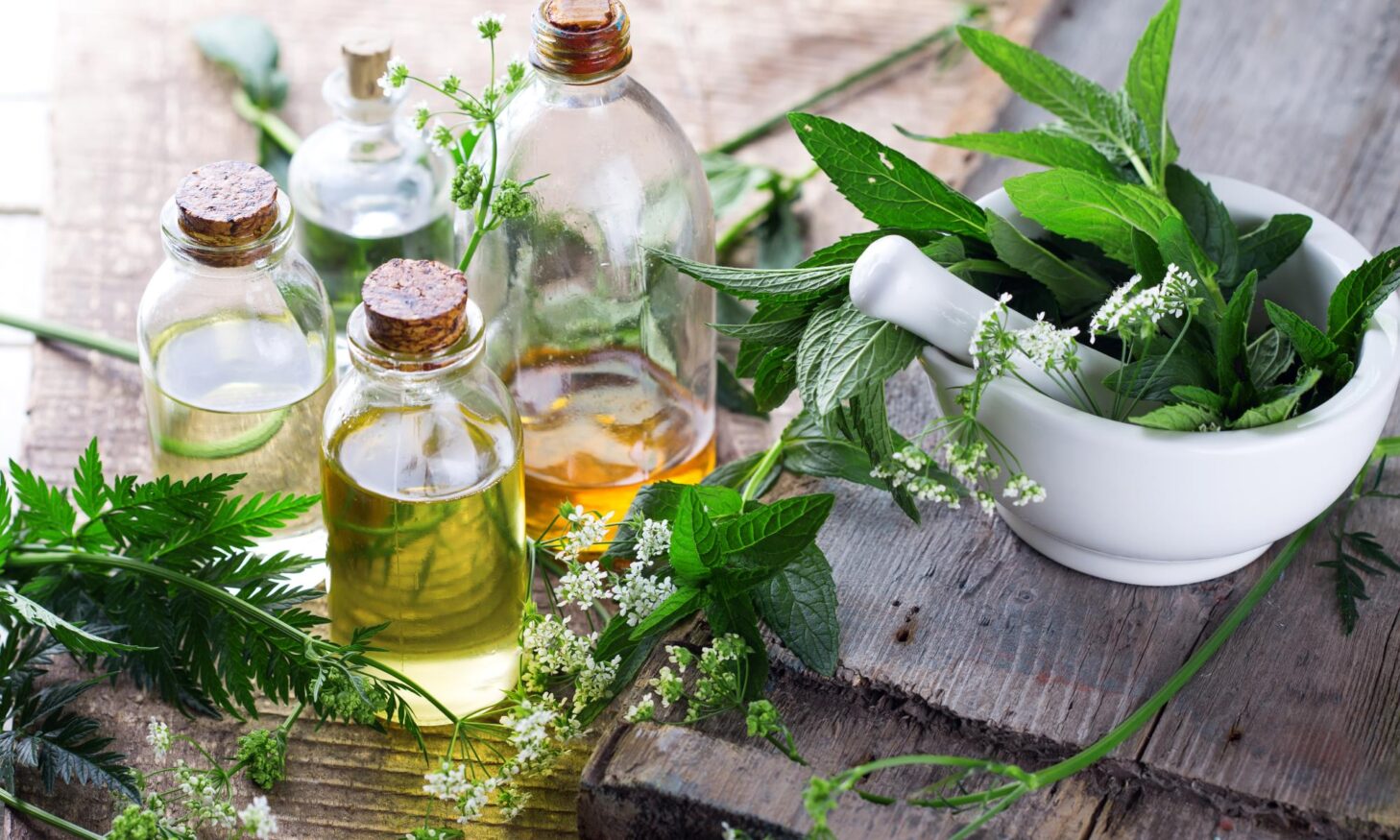
What is vegetable oil?
Plant oil is the same as vegetable oil, and to be honest, it's also the same type of oil we call vegetable oil. It's also the same type of oil that we call base oil.
Plant oils are so called because they are oils that come from the plant kingdom. Plant oils are oils that are extracted from plants.
There are three main types of plant oils (oil types). The difference between these three consists of both the means of extracting (extracting) the relevant parts of the plant, as well as the form the resulting oil takes:
- Vegetable fats and oils have historically been extracted by pressurising parts of the plant and squeezing out the oil.
- Macerated oils consist of a base oil to which certain plant parts are added.
- Essential oils is composed of volatile aromatic compounds usually extracted from plants by distillation.
What is vegetable oil?
Vegetable oil is a common term for liquid fats extracted from plant parts. Typically, vegetable oil is extracted from the seeds of plants, but can also be derived from the centres of fruits or nuts. Vegetable oil is used in cooking, in the food and cosmetics industry and as a biofuel.
What is base oil?
Base oil is a term used for vegetable oil that is used as a "base" to mix with other substances. This applies to macerated oils, for example, where different herbs are added to the oil. But it is probably best known in connection with aromatherapywhere essential oils are blended with vegetable oils.
As essential oils are extremely powerful, volatile oilsAs these are too harsh on the skin on their own, they are therefore mixed with a milder vegetable oil, the base oil. In these cases, they are called vegetable oils for base oil, as they appear as a base in such blends.
What is macerated oil?
Macerated oils are vegetable oils to which other substances, typically other plant parts such as herbs, have been added. Herbalists and aromatherapists use both commercially formed macerated oils, but also blends of certain other oils to which various herbs are added and thus macerated in the oil. Base oils commonly used for macerating these herbs include almond oil, sunflower oil, and olive oil, as well as other food-grade vegetable oils. However, other oils are undoubtedly used as well.
Common to vegetable oils
All of the above are vegetable oils. Vegetable oil is extracted by cold-pressing or hot-pressing the fatty plant material. Cold-pressed oils typically have a stronger colour and flavour, and their content of antioxidants and vitamins are preserved. The consistency of cold-pressed oils will also tend to be slightly thicker in texture and may contain sediment. Hot-pressed oils are not as healthy and are typically only used for frying and deep-frying.
Vegetable fats and oils are what are most commonly referred to as vegetable oils.
These are triglyceride-based, and include cooking oils like rapeseed oil, solid oils like cocoa butter, oils used in paints such as linseed oil and oils used for industrial and cosmetic purposes.
Pressed vegetable oils are extracted from the plant containing the oil (usually the seed), using a special press method. The most common is the screw press, which consists of a large metal screw in a metal housing. Oil-containing seeds are fed into the housing where the screws crush the seeds, creating pressure that forces the oil out through small holes in the side of the press. The remaining solids, called seed cake, are either discarded or used for other purposes. The oil press can be either manual or mechanical.
Many pressing machines add heat and pressure to increase the amount of oil that can be extracted. If the temperature does not exceed 49°C, the oil can be called cold-pressed. However, this can vary from country to country.
Suitable for skin and hair: The vast majority of plant oils can be used for both skin and hair. However, there can be a big difference between oils depending on whether they are cold-pressed or hot-pressed. Furthermore, oils that are cold-pressed may have been refined, which also deprives the oil of many of its natural properties.
Oil type #2:
Essential oil / essential oil / flavour oil / fragrance oil

What is essential oil?
Essential oils are not actually oils, but volatile aromatic compounds used as flavourings, fragrances and aromatherapy for health purposes.
Essential oils are usually extracted by distillation. Maceration is also used as a means of extracting essential oils. For example, this process is used to extract essential oil from onions, garlic and bitter almonds, where the plant material is soaked in hot water to release the volatile compounds in the plant.
An essential oil is a concentrated hydrophobic liquid containing volatile flavouring substances from plants. Essential oils are also known as volatile oils, essential oils, aetheroleum, essential oil, or simply as the oil of the plant from which it has been extracted, such as clove oil. An oil is "essential" in the sense that it contains the "essence" and characteristic scent of the plant from which it is derived.
Essential oils are generally extracted by distillation, often using steam. Other processes include pressurisation, solvent extraction, absolute oil extraction and cold pressing.
Essential oils are used in perfumes, cosmetics, soaps and other products, as flavourings for foods and drinks and to add fragrance to incense and cleaning products. The so-called essential oils have also been used medicinally throughout history.
Suitable for skin and hairMost essential oils can be used in blends, especially for the skin and in some cases also for the hair. However, you should always dilute essential oils in a vegetable oil, as the oil is otherwise too strong for the skin. There is also a generally higher risk of developing an allergy to essential oils. In general, you should be very careful when working with essential oils.
Oil type #3:
Cooking oil / Edible oil
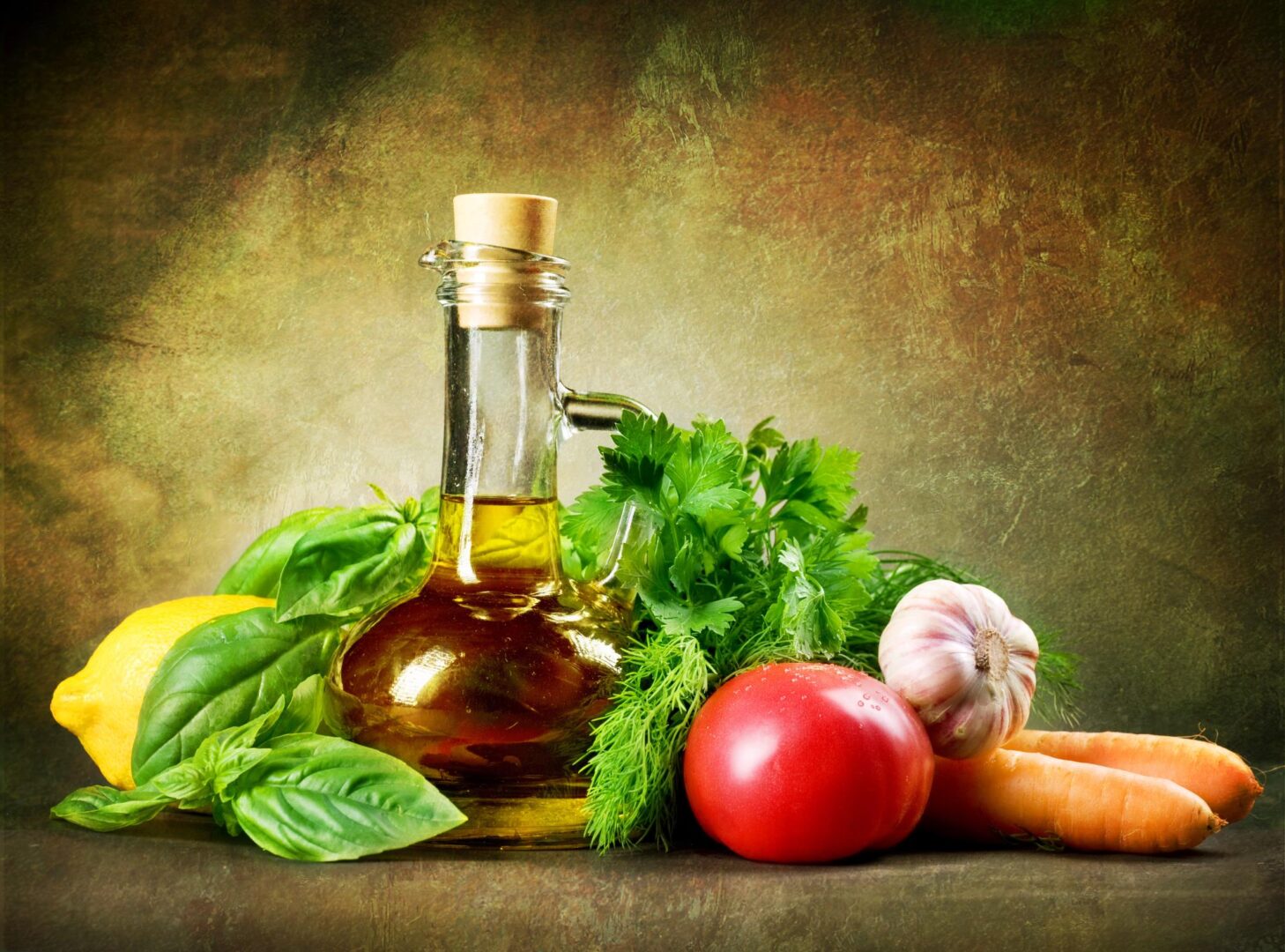
What is cooking oil?
Cooking oil is, by nature, oil used for cooking. You also know it as cooking oil, frying oil and cooking oil. Cooking oil and cooking oil can also be vegetable oil, but animal oils are also used for cooking. To make oils safe to use in cooking, they are usually processed in some way. For example, refining to remove lumps, discolouration, odour, natural bacteria or other nuisances the oil may contain in relation to food use.
What are animal fats and oils?
Animal oil is oil that comes from animals and not plants. It is called oil when it is a liquid animal fat at room temperature and it is called animal fat when it is a solid at room temperature. Animal oil is primarily extracted from rendered tissue fat obtained from animals such as pigs, chickens and cows.
Normally, animal oils are not used for skin and hair, but there are exceptions. In Australia, for example, it's very popular to use certain animal oils on the skin including; emu oil, snake oil, crocodile oil.
At CHLEOPATRA we sell no one oil derived from animals.
Suitable for skin and hair: In principle, you can use vegetable edible oils for your skin and hair, but you won't get the same properties from the oil as you do with real cold-pressed and unrefined oils. Read more about the difference between edible oils and cosmetic oils here.
Oil type #4:
Cosmetic oil
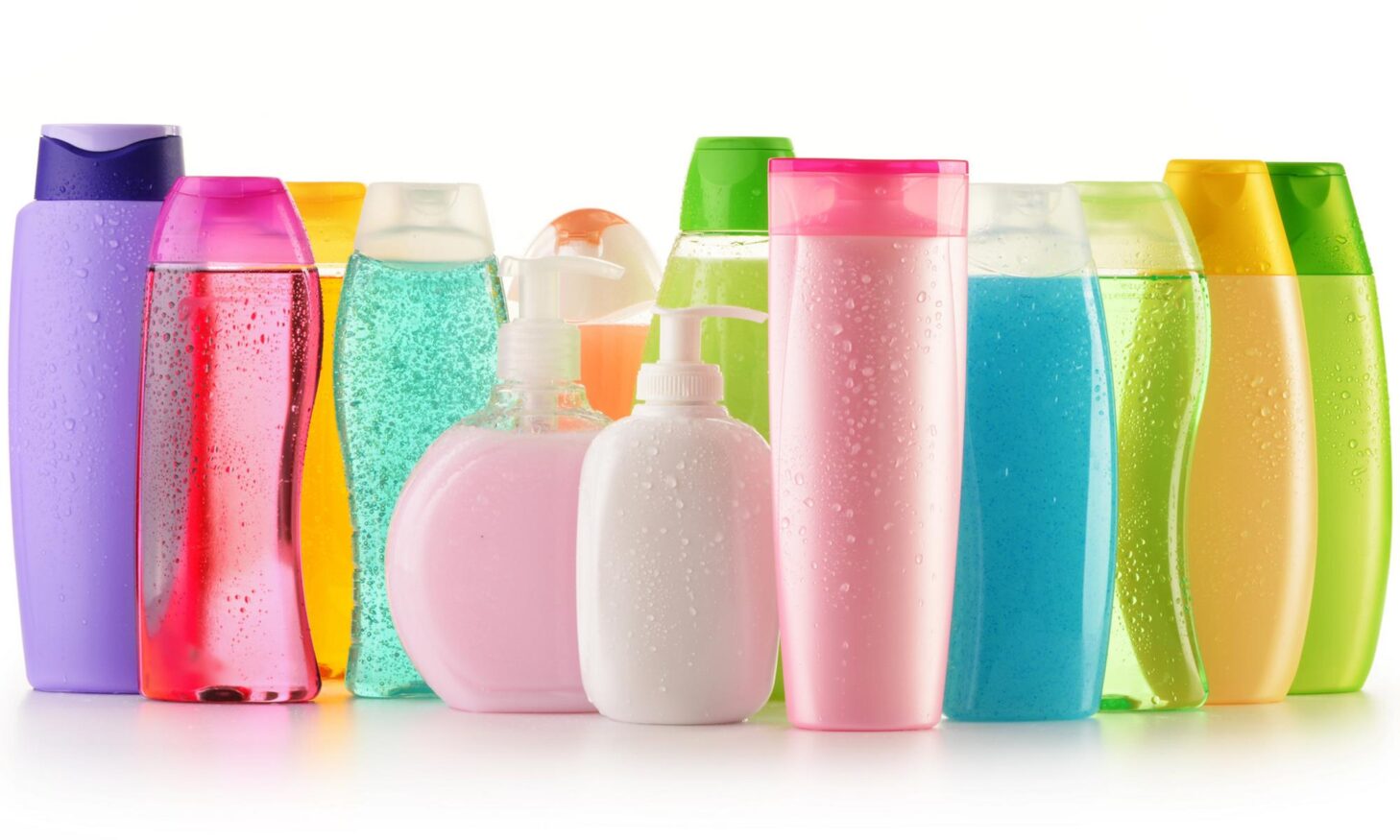
What is cosmetic oil?
Cosmetic oil is a dangerous topic to get into. There are no rules on what to call cosmetic oil and therefore different organisations use the term for different things.
At CHLEOPATRA, we sometimes refer to our oils as cosmetic oils. The idea is that you use our oils exclusively for cosmetic purposes. But there can be a big difference in how cosmetic oils are handled within the industry.
Most large wholesale companies that sell large quantities of oils have split their oils into two:
- Vegetable oils
- Cosmetic oils
Although they are both vegetable oils in themselves, the oils they call cosmetic oils have been post-processed. These are often the oils that the big players in the cosmetics industry use to make creams, lotions and all kinds of skin and hair care products. The problem is that the oils have been treated to remove things like discolouration, odour, natural bacteria and other impurities.
Naturally, a face cream without lumps is preferable. Many people also prefer a white or off-white cream to a green colour. That's why the cosmetics industry often uses these so-called cosmetic oils that have just had all these signs removed.
Unfortunately, these are all good signs of a completely pure and natural oil as nature intended it to be. The processes that oils go through to remove these elements can vary, but most commonly involve; extreme heating of the oil, bleaching with chemical chemicals. The process also removes the natural nutrients from the seeds and creates a final product that is easily oxidised. The oxidisation factor makes these oils more likely to break down into carcinogenic free radicals in the body. Remember that what you put on your skin also penetrates the body.
So, to give you a good idea of what the industry looks like:
- Vegetable oils are pure and untreated oils that contain all the natural properties
- Cosmetic oils are oils that have been treated so that there is no discolouration, odour or impurities. However, many of the natural properties are also lost in this process
So why do we call our vegetable oils cosmetic oils when, according to this list, they are not cosmetic oils at all? We do this, of course, because the term cosmetic oils is quite misleading. To most consumers, cosmetic oil seems like something that is used for skin and hair. All cosmetic oil.
For most people, however, vegetable oils are something that only goes on salads.
It can therefore be difficult to defend what to do. That's why articles like this are important, to hopefully help clear up some of the confusion.
Suitable for skin and hair: Absolutely yes. However, you should familiarise yourself with what exactly the manufacturer means when they call something a cosmetic oil. Most importantly, find out if the oil is refined (post-processed). We always recommend unrefined oil as it contains the most nutrients, vitamins, minerals and fatty acids.
Oil type #5:
Mineral oil / Petrochemicals
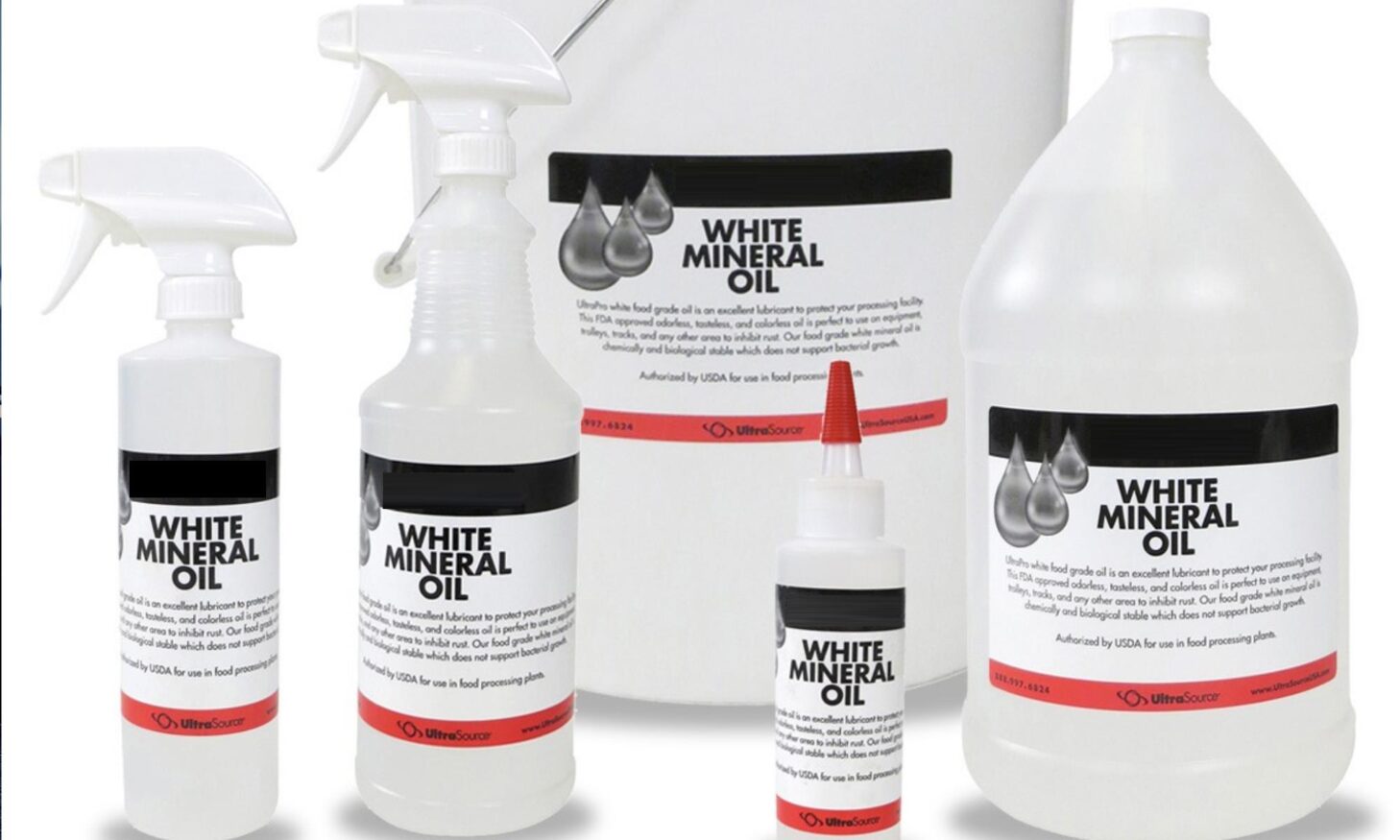
What is mineral oil?
A mineral oil or paraffin oil, as it is also known, is one of many different colourless, odourless, lightweight mixtures from alkanes from a mineral source, especially from distillate crude oil.
Petrochemicals are the same as mineral oil.
The name mineral oil is itself quite imprecise, as it has been used for many specific oils over the past centuries. Other similarly imprecise names include white oil, liquid paraffin, liquid paraffin (paraffinum liquidum - Latin), and liquid petroleum.
Most commonly, mineral oil is a liquid by-product of refining crude oil to make petrol and other petroleum products. This type of mineral oil is a transparent, colourless oil consisting mainly of alkanes and cycloalkanes, related to petroleum jelly.
Mineral oil is used in an awful lot of skin and hair products. One popular product where mineral oil is used is baby oil. However, you can easily get baby oil without mineral oil.
On a list of ingredients, petrochemicals hide behind names like "petrolatum", "paraffin", "petrolatum", "petroleum jelly", "ozekerite" and "cera microcristallina".
Suitable for skin and hair: Mineral oil is a bit of a grey area. Some people think it's ok to use mineral oil oil for the skin and hair. The cosmetics industry makes great use of it as it is cheap. So in principle, it can be used for skin and hair. It is certainly not illegal. Others are of the opinion that what you don't want to put in your mouth, you shouldn't put on your skin. We advise against the use of mineral oil. The way we see it, the cosmetics industry only defends the use of this type of oil because of its great usability and cheap price. There's no getting around the fact that it's a by-product and it's simply not very nice.
Oil type #6:
Crude oil

What is crude oil?
Crude oil is oil from the earth's subsoil. Crude oil is also called petroleum, which comes from the Latin petra (stone) and oleum (oil). Oil used to be synonymous with vegetable plant oils, so when crude oil was discovered, it was initially called petroleum or rock oil.
Crude oil is a naturally occurring, yellow-to-black liquid found in geological formations beneath the earth's surface. Commonly, this oil is refined into different types of fuel. Components of crude oil are separated using a technique called fractional distillation.
Products based on crude oil are called petrochemical products. That's why mineral oil, which is a by-product of crude oil, is also known as a petrochemical.
Crude oil in all its simplicity is a whole chapter in itself. But that's not the kind of oil we're talking about here on the CHLEOPATRA blog, so we refer you to other funds.
Suitable for skin and hair: No, no, no
Oil type #7:
Mortar oil
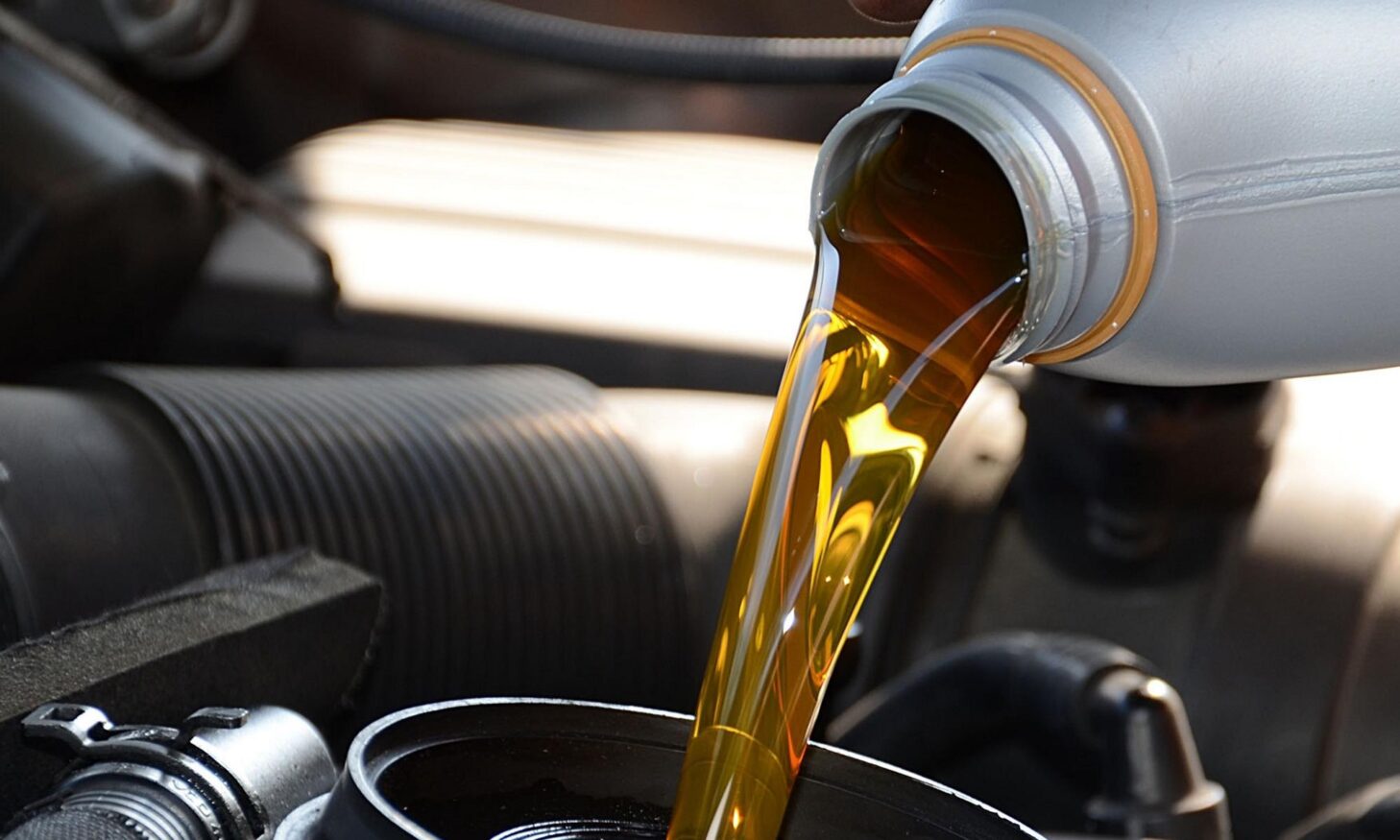
What is motor oil?
Motor oil is a lubricant used in internal combustion engines, such as cars, motorcycles, lawnmowers, engine generators, and many other machines. In engines, parts move against each other and friction wastes otherwise useful energy by converting kinetic energy into heat. It also wears away the parts that could lead to lower efficiency and breakdown of the engine. This increases fuel consumption, decreases power output and can lead to engine failure. Engine oil is commonly made from petroleum.
Suitable for skin and hair: No, absolutely not.
Oil type #8:
Castrol oil
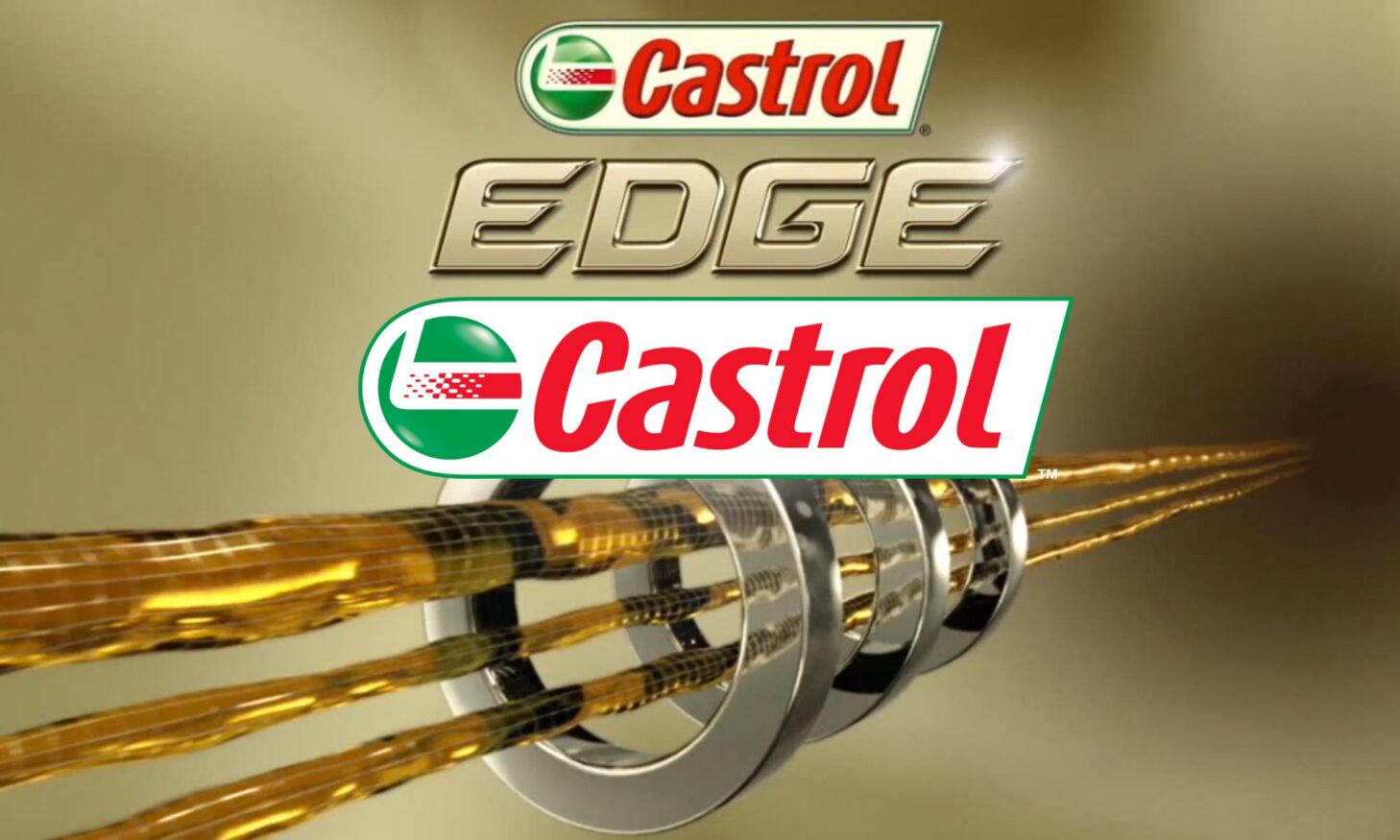
What is Castrol oil?
Castrol oil is a motor oil produced by the oil company Castrol. The reason we include this oil on this list is because there are examples of people who have mistaken Castrol oil (motor oil) for Castor oil (vegetable oil from castor beans - also known as American oil and Castor oil).
Now, it's mostly in the US that this kind of thing happens, but nevertheless, let's just be clear. Castrol oil is in no way to be used for the body. Castor oilCastor oil can be used on the skin.
Suitable for skin and hair: No, never use on skin and hair.
Oil type #9:
Heating oil

Heating oil is a refined oil made from crude oil. Most heating oil products are chemically very similar to diesel used as a motor fuel (often the same distillation batch can be used for both purposes). This means that the two can often be successfully interchanged at the point of use.
Suitable for skin and hair: No, never use on skin and hair.
Tips & Conclusion
Of all the oil types, in our opinion, there are only two types you should use on your body and that is;
- Vegetable oils
and - Essential oils.
Because even though cosmetic oils are the same as vegetable oils, there can still be a difference. As with so many other things, you need to familiarise yourself with the subject. This is also true for skin and hair oils.
Edible oils and cooking oils are also vegetable oils, but again, they are very different from the oils that provide the skin with the best nutrients, vitamins and essential fatty acids.
Of course, oils for engines, cars and bicycles, as well as heating oils and other fuels, should never be used on the skin.
The best tip
If you use oils for your skin and hair, do yourself a favour and try a few different oils. Preferably from different retailers. Always try to find out if the oil is cold-pressed and especially if it is unrefined. Feel the difference and then choose the oil your skin and you like best.





















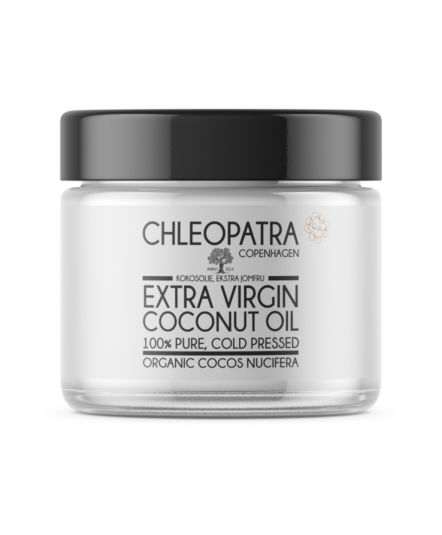



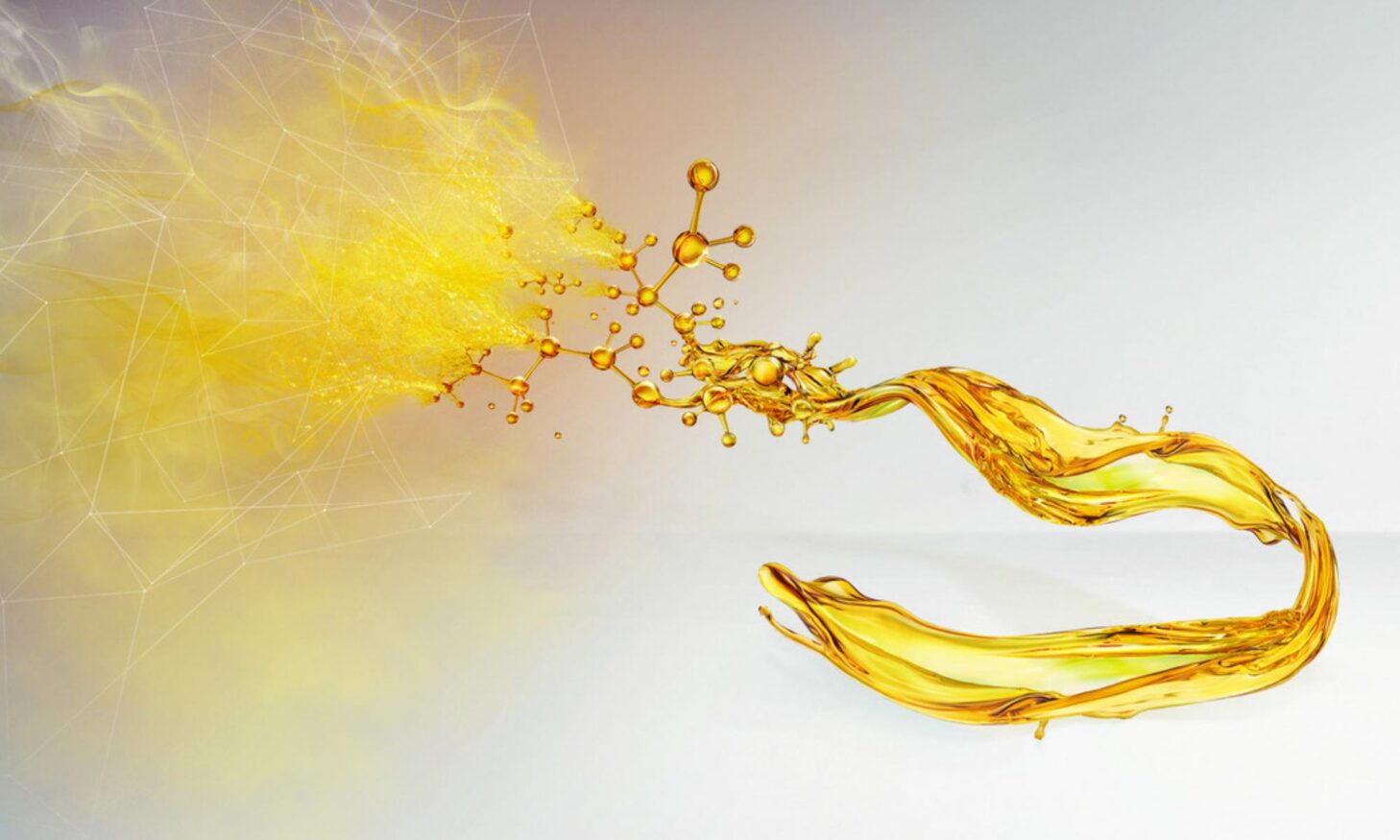





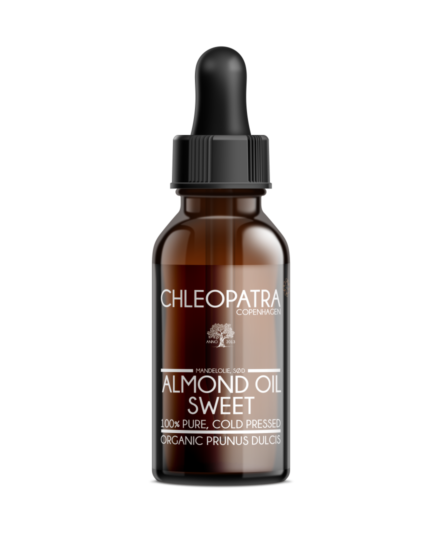


Recommended natural products for skin, hair and body
Beard oils
Beard oil: #2 Nordik Regenerate
Flower water
Geranium Flower Water 100ml
Essential Oils
Organic Patchouli Oil 10 ml Essential Oil - Chleopatra
Essential Oils
Organic Nutmeg Sage Oil 10 ml Essential Oil - Chleopatra
Essential Oils
Organic Frankincense Oil 10 ml Essential Oil - Chleopatra
Vegetable oils
Organic Tamanu Oil 30ml - Chleopatra
Flower water
Rose water 100ml - Flower water
Essential Oils
Organic Tea Tree Oil 10 ml Essential Oil - Chleopatra